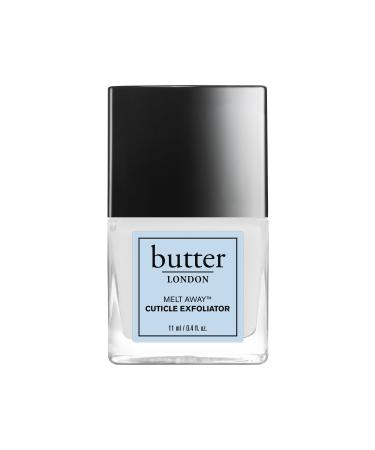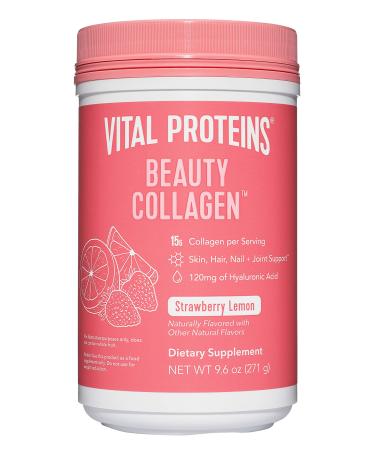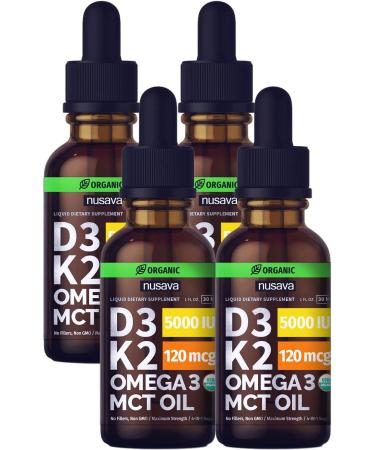Unfortunately, the aronia berry is still relatively unknown to us.The violet, almost black aronia is one of the most valuable berry species.Because of its high content of red dyes, the so -called anthocyanes, the aronia takes a special position under the berries. The aronia berry forms these so-called secondary plant substances to protect itself against harmful environmental influences, such as UV radiation.By consuming the berries, people can benefit from the positive effect on their well -being and vitality.The content of anthocyans is about five times as high as in the comparable amount of blue grapes or about 20 times as high as those in raspberries or strawberries. The Aronia berry has been home to us for more than 100 years.The fact that it has been relatively unknown so far is because the main cultivation areas are in the former east of Germany and Eastern Europe.In the 1970s, the berry came to the GDR.There it was mainly used as a dye supplier for the food industry.After the fall of the wall, she first sank, and only with the food trends ""Superfoods"" ""Green Smoothies"" and ""Clean Eating"" from around 2008 the aronia bead was experienced in a new upswing, and you became aware of her health advantages. The aronia berry originally came from the border area of Canada and the USA.The Indians already knew about the vital substance wealth of the berries and used them in their provisions, the pemmican.In addition to dörr meat, cranberries and various spices, they also used plenty of aronia berries to cater for the long marches. Ingredients ingredients 100 organic bioLeider ist die Aroniabeere bei uns noch relativ unbekannt. Dabei gehört die violette, fast schwarze Aronia zu den ernährungsphysiologisch wertvollsten Beerenarten. Wegen ihres hohen Gehalts an roten Farbstoffen, den sogenannten Anthocyanen, nimmt die Aronia unter den Beeren eine besondere Stellung ein. Diese sogenannten sekundären Pflanzenstoffe bildet die Aroniabeere, um sich gegen schädliche Umwelteinflüsse, wie beispielsweise die UV-Strahlung, zu schützen. Durch den Verzehr der Beeren kann der Mensch von der positiven Wirkung auf sein Wohlbefinden und die Vitalität profitieren. Der Gehalt an Anthocyanen ist in ihr etwa fünfmal so hoch wie in der vergleichbaren Menge an blauen Weintrauben oder etwa 20 mal so hoch wie die in Himbeeren oder Erdbeeren. Bereits seit mehr als 100 Jahren ist die Aroniabeere bei uns beheimatet. Dass sie bisher noch relativ unbekannt gewesen ist, liegt daran, dass die Hauptanbaugebiete im ehemaligen Osten Deutschlands und Osteuropa liegen. In den 70er Jahren des vergangenen Jahrhunderts gelangte die Beere in die DDR. Dort wurde sie vor allem als Farbstofflieferant für die Lebensmittelindustrie verwendet. Nach dem Fall der Mauer versank sie erstmal in Vergessenheit, und erst mit den Foodtrends "Superfoods" "Green Smoothies" und "Clean Eating" ab ca. 2008 erlebte die Aroniabeere einen neuen Aufschwung, und man wurde sich ihrer gesundheitlichen Vorteile bewusst. Ursprünglich stammt die Aroniabeere aus dem Grenzgebiet Kanadas und der USA. Bereits die Indianer wussten um den Vitalstoffreichtum der Beeren und verwendeten sie in ihrem Proviantriegel, dem Pemmikan. Neben Dörrfleisch, Cranberries und verschiedenen Gewürzen, verwendeten sie auch reichlich Aroniabeeren, um sich für die langen Märsche zu verpflegen. INHALTSSTOFFE ZUTATEN 100 Bio AroniabeereLebepur Aroniabeere Pulver (bio) 175g





![Stewart Freeze Dried Dog Treats Made in USA [Single Ingredient Puppy and Dog Training Treats - Grain Free Natural Dog Treats] Resealable Tub to Preserve Freshness](https://www.gosupps.com/media/catalog/product/cache/25/small_image/375x450/9df78eab33525d08d6e5fb8d27136e95/6/1/61gwbbixarl._ac_sl1500_.jpg)







